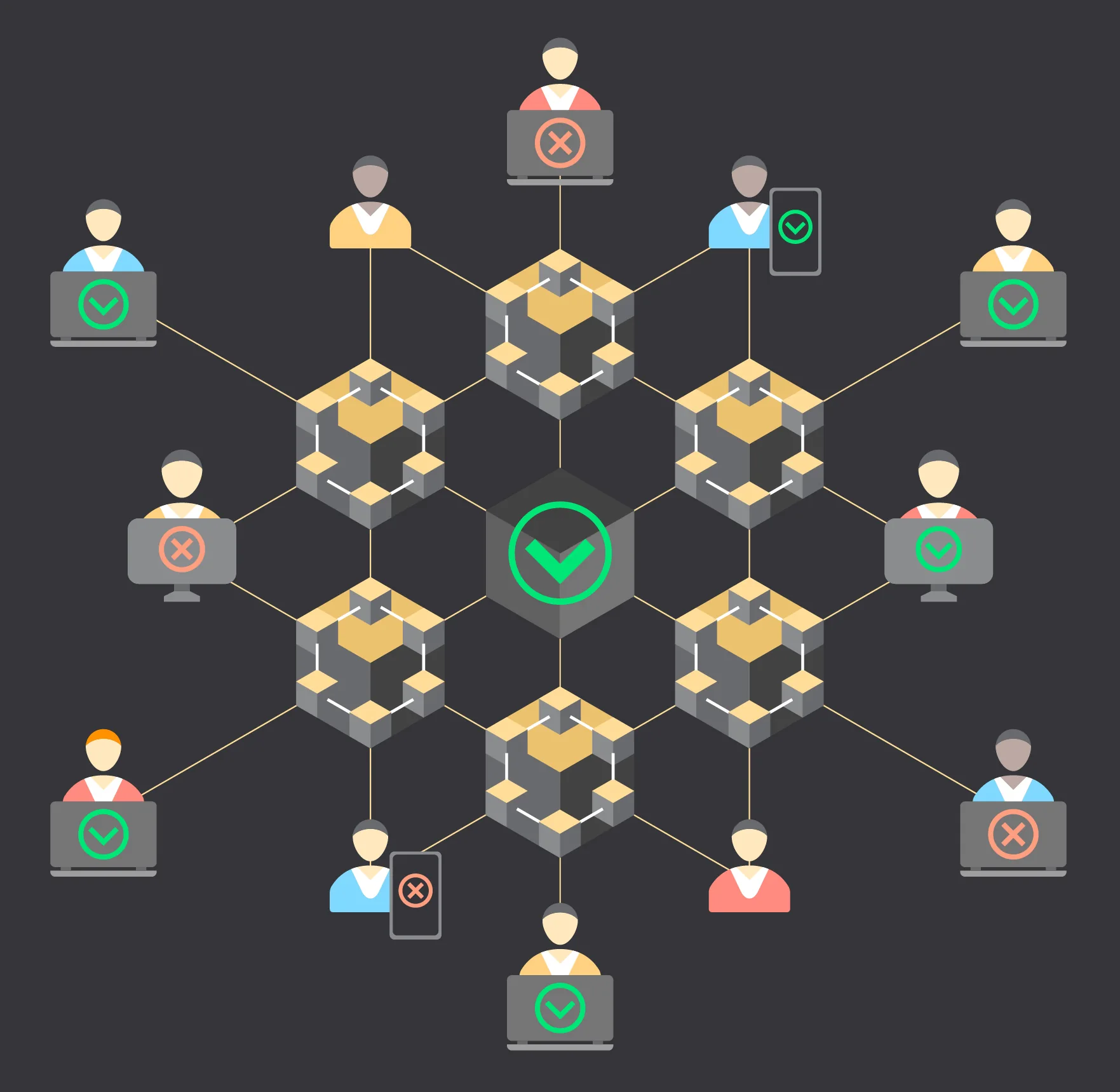No need for consensus in the system

Although we have already questioned several common terms and definitions of the DLT industry in this article (including the term DLT itself), after proposing changes to the fundamental operation of DLT systems, we should also consider whether the term ‘consensus mechanism’ is still applicable to such a system. According to the Merriam-Webster, Cambridge Dictionary, and Oxford English Dictionary, a consensus is:
- a general agreement or
- a generally accepted opinion or decision among a group of people
But are we more interested in a general agreement among the operators or in strict compliance to the system’s rules? What use is a consensus in the system if it does not reflect the truth or does not adhere to the system’s rules?
Consequently, a ‘Proof of Truth’ consensus mechanism would be the most prudent course of action. Moreover, since ‘truth proof’ is commonly referred to as just ‘proof’, it would also be the purest form of a consensus mechanism.
Despite this, all consensus mechanisms to date require operators to prove that they have either:
- performed computational work (PoW)
- staked funds (PoS)
- the necessary authorisation (PoA)
- waited for a certain period of time (PoET)
- sufficient memory or disk space available (PoS)
- identified themselves (PoID)
- etc.
Or a combination of the above.
All existing consensus techniques demand operators to prove everything except the truth. But why can’t operators just show that they followed the rules of the system (i.e. acted truthfully)?
Because that is not achievable in non-trust-based systems. In other words, DLT systems that are not built on trust must settle for consensus and hope that the majority of operators are always truthful.
In contrast, users of a trust-based DLT system can choose who to trust, which eliminates the necessity for network consensus. Because it makes no difference how many dishonest operators a system has as long as the majority of users place their trust in the honest operators. This has the advantage of preventing dishonest operators from wielding power in the system.
But, if a trust-based DLT system does not seek consensus, what mechanism does it employ to preserve network integrity at all times?
We call it the System Integrity Mechanism (SIM).
Integrity is ensured in a trust-based system by concentrating power in the system at all times to the most honest and trustworthy operators, which is only possible because users of such a system can choose their trusted operators themselves. If an operator violates the system’s rules, users will replace him with another more trustworthy operator, redistributing power back to the most honest and trustworthy operators.
Since the System Integrity Mechanism also has a strong influence on decentralisation, let’s take a brief look at this extremely important feature of a DLT system.